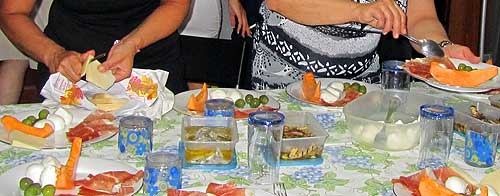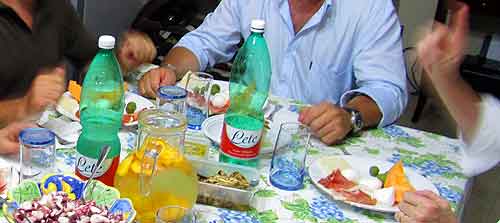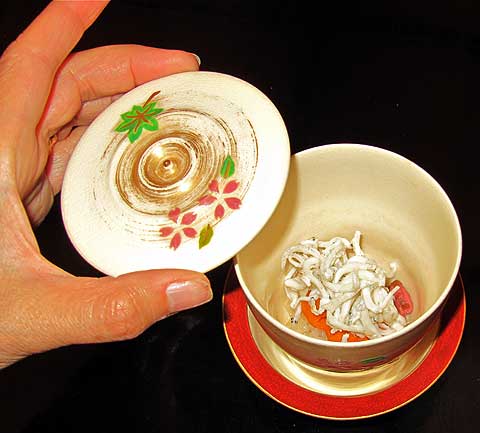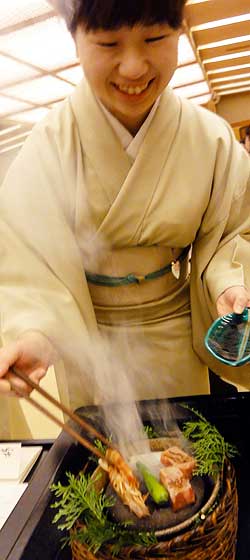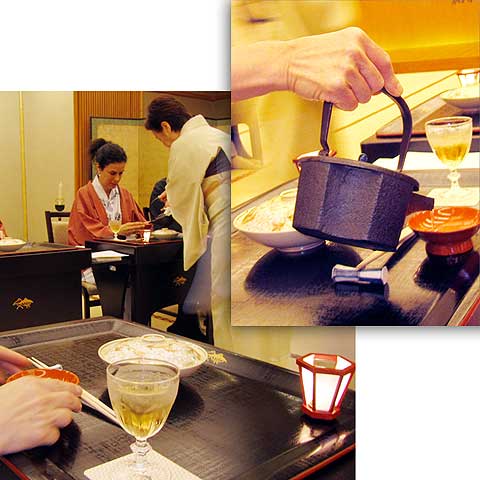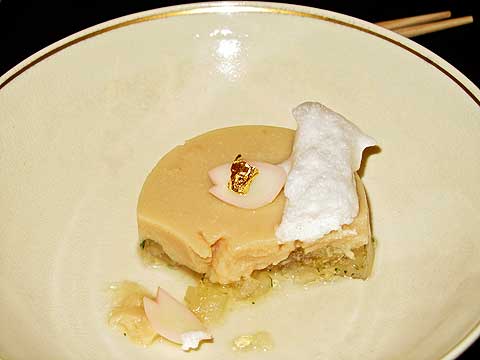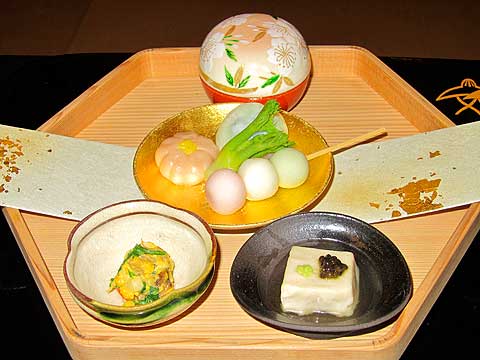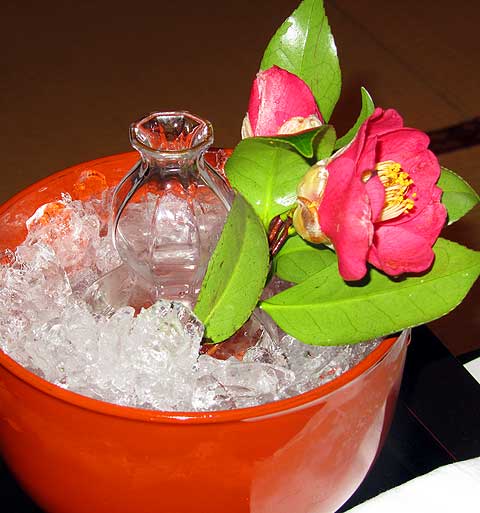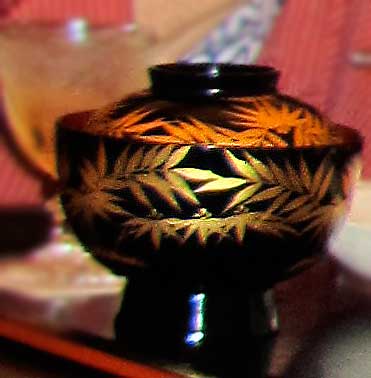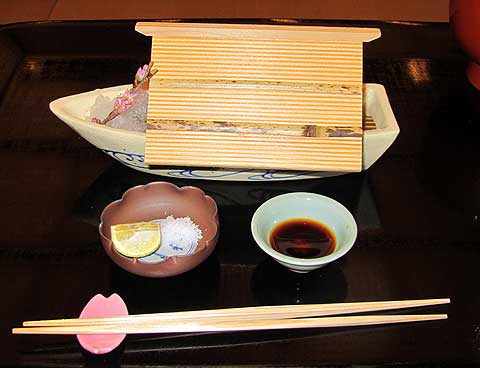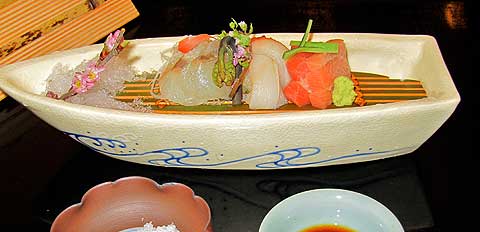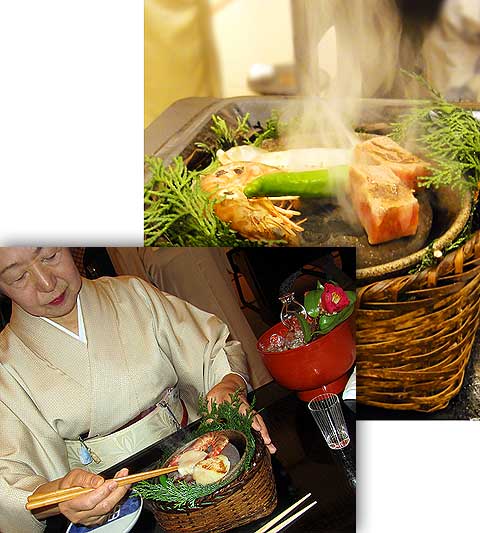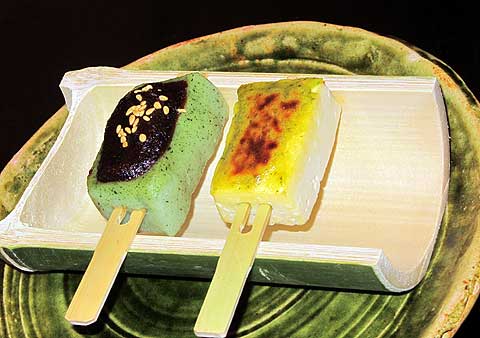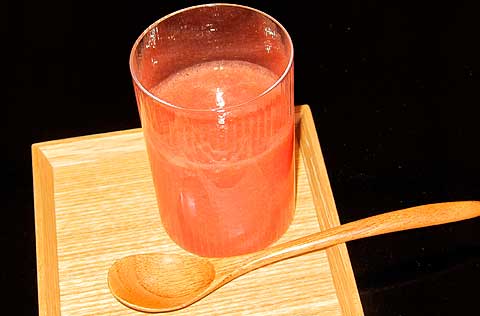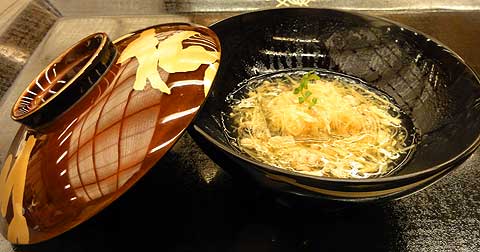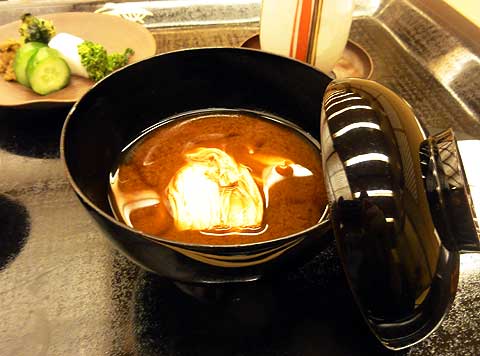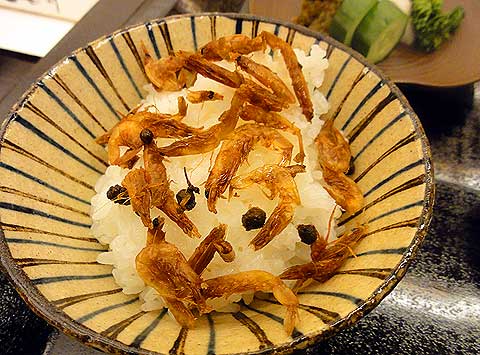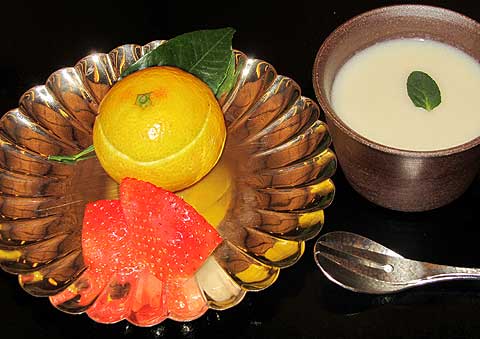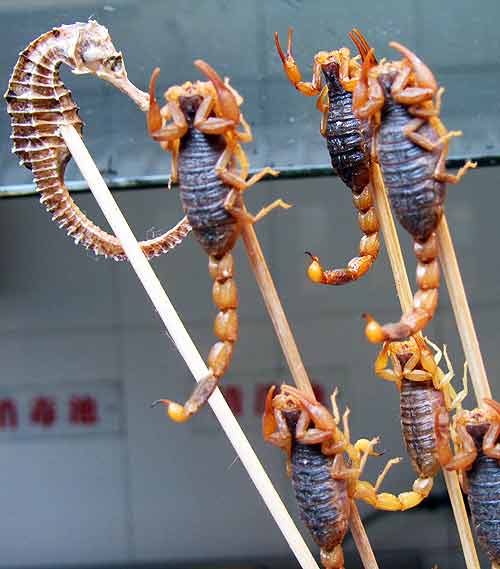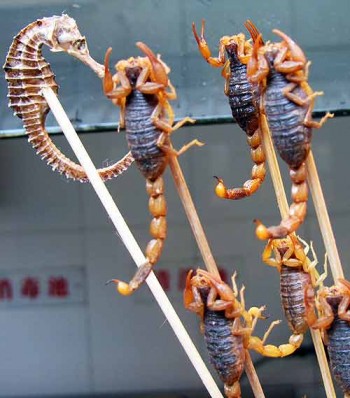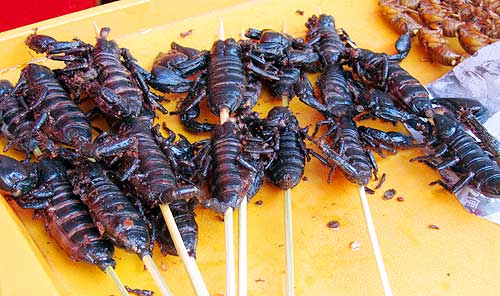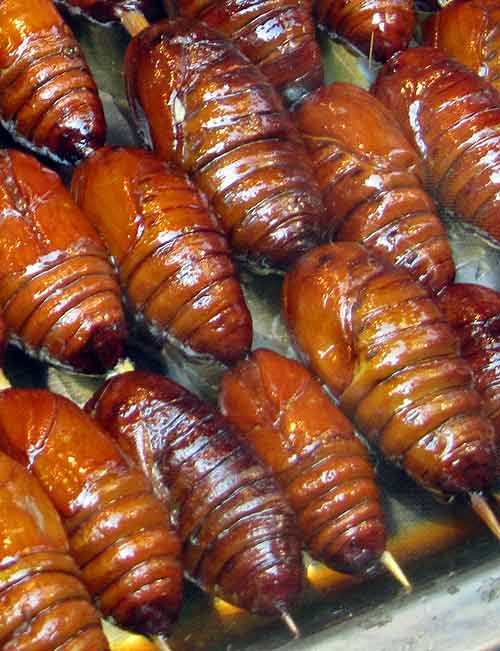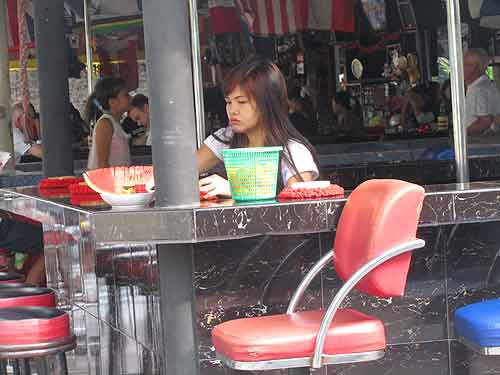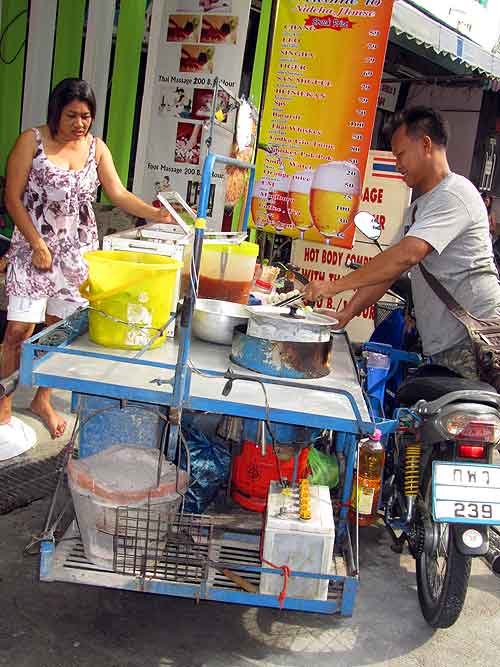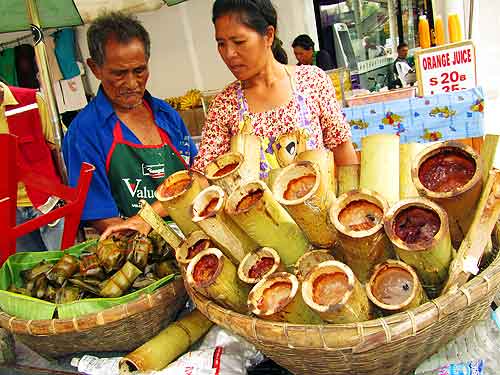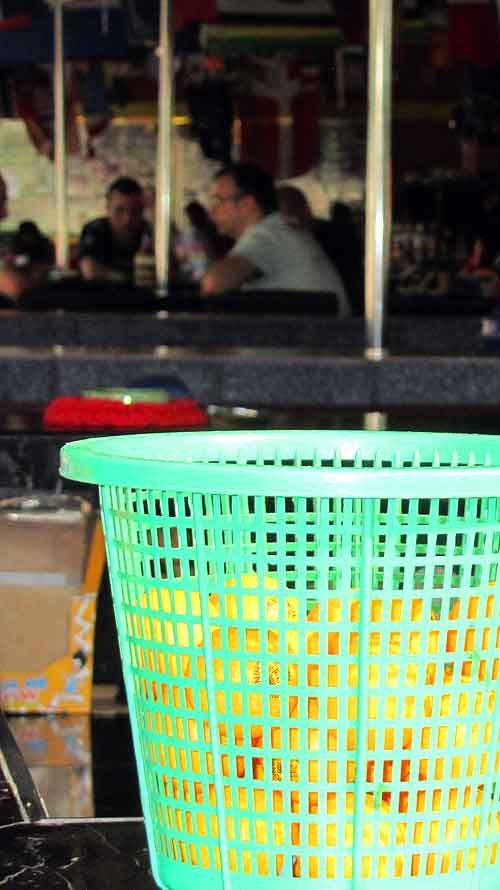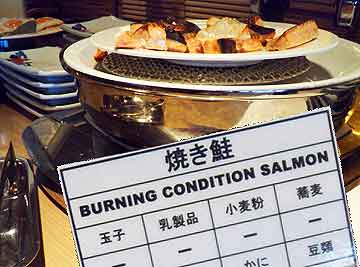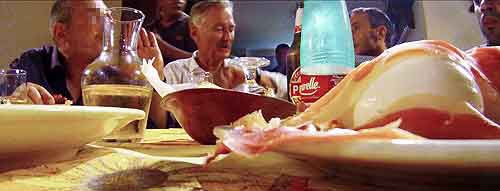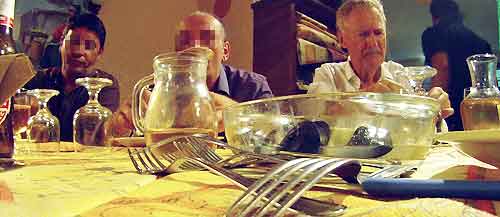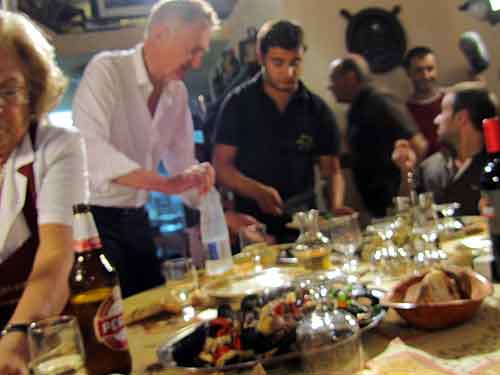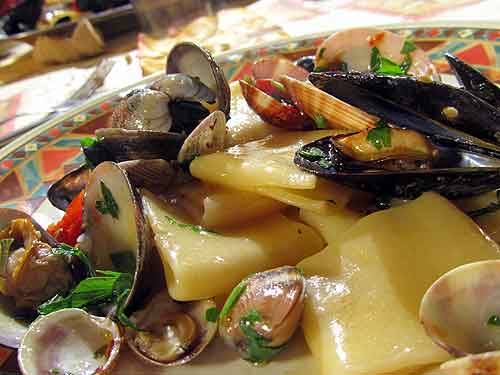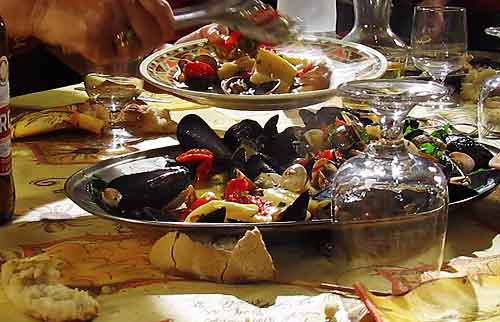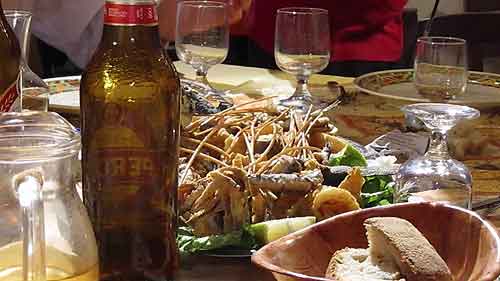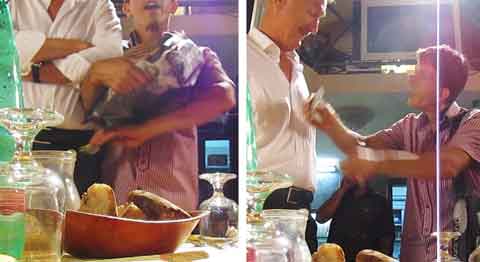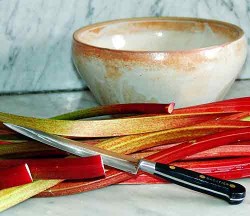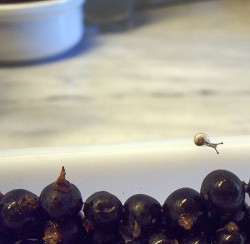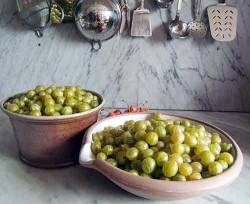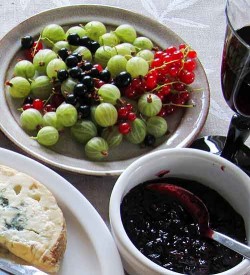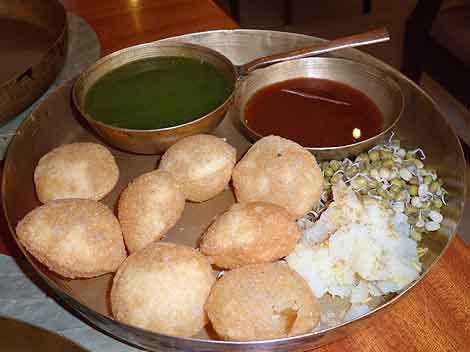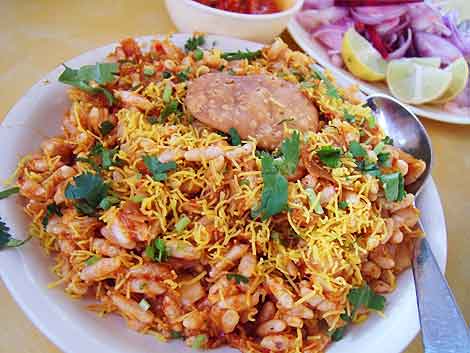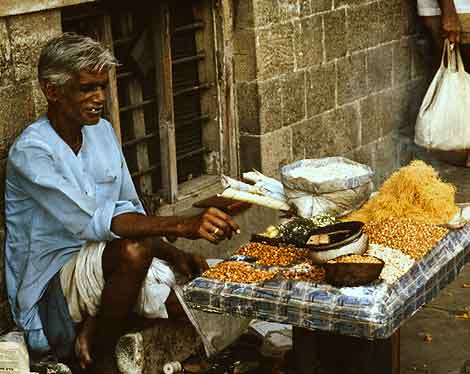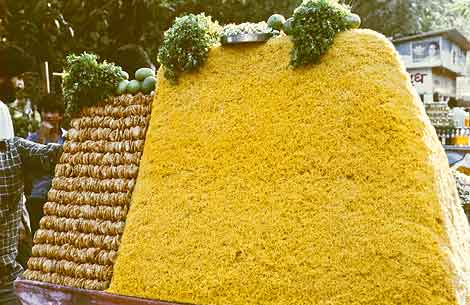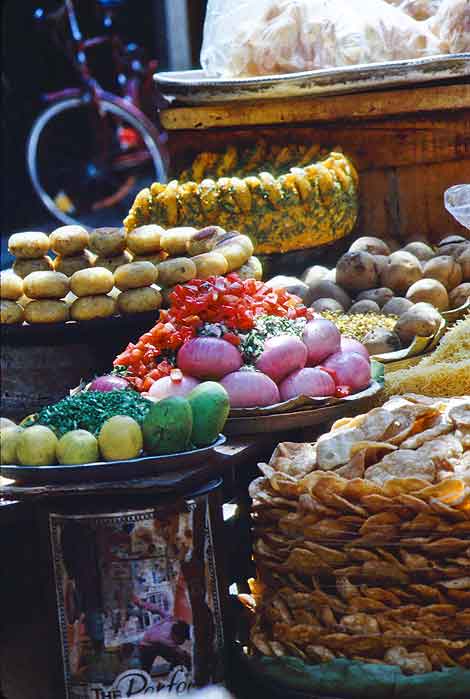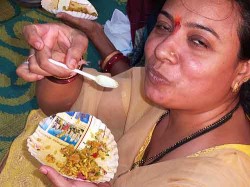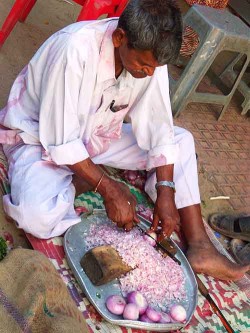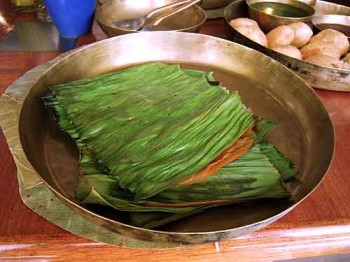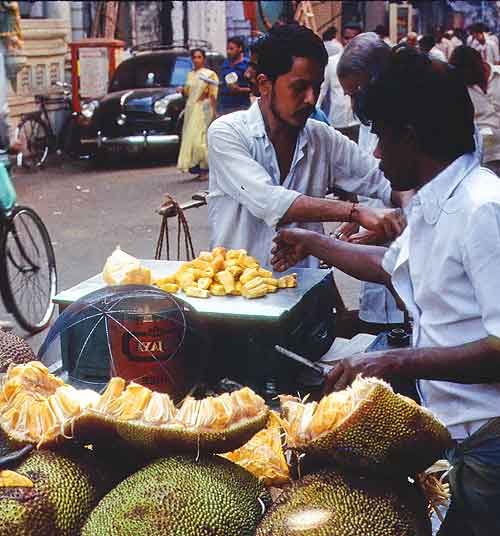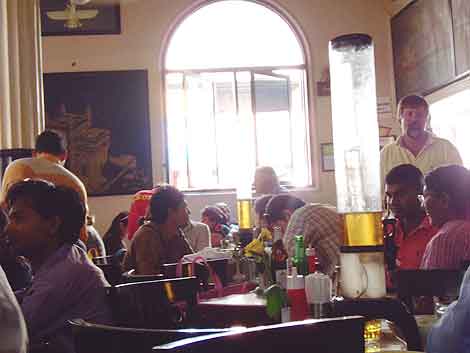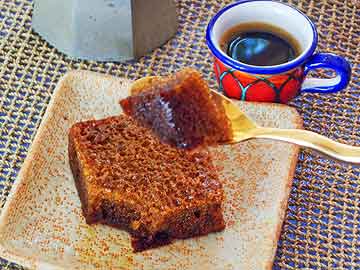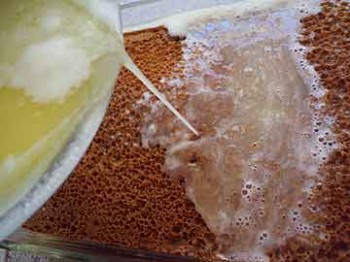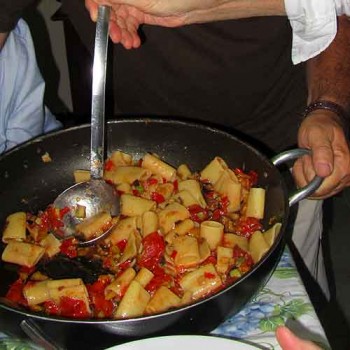
The shouting at dinner surprised me. It was like the stereotypical Italian dinner: loud and full of gesturing, standing up and leaning forward, voices rising over other voices and at the same time everyone is putting more food on each others’ plates.
But we were talking about the steal business—about pickpocketing—and the window was wide open. All the neighbors could certainly hear us discussing the thievery profession. Anyone within a block could hear.
Yet, the thief’s ten-year-old twins were farmed out for the evening to shield them from talk of daddy’s job. How could they not know if all the neighbors and passers-by hear about it?
Okay, so you now know we were in Italy. Well, it’s a big country. I’m giving you this much.
It was a nice apartment, neat and spotless. Two computers, huge flat-screen TV, dishwasher, even a Vitamix-type appliance for the serious cook. A dust-free collection of miniature silver clocks was displayed on dark wood shelves below the good china—for more important guests, I presume.
Our host maneuvered gamely at the kitchen counter, clearly not used to practicing the culinary arts. He sliced a fresh peach into a pitcher of white wine while explaining that the business was much easier ten years ago. Things are changing in this town. Younger plainclothes cops have joined the force; they’re more aggressive and harder to spot.
Mrs. Pickpocket had prepared a feast for us. Mozzarella balls, prosciutto on melon, hunks of provolone, olives, gorgeous crusty bread, marinated anchovies, octopus salad, cold eggplant… and that was just the antipasti. She had opened her polished wood table to seat all nine of us.
The home was ordinary—only noteworthy for its means of support. For twenty years, the family breadwinner has financed it all out of other people’s wallets.
Except when he’s in prison, of course. Then it all falls to his wife, who’ll get a job—or a couple of jobs—cooking, cleaning, whatever she has to do. Not easy in a town with perennial sky-high unemployment.
The thief used his skillful hands to grate the parmesan while his handsome wife brought out the pasta. Very al dente paccheri with a delicate sauce I think she called King Ferdinand. She learned to make it when she worked as a cook.
Another pickpocket was at the table with us—best friend and partner of our host. He’d brought his glamorous blond wife, who busied herself clearing plates and serving as if the kitchen were her own. As a couple, the two looked like any professionals you’d see at the bank on lunch hour. In fact, they’d had a life on the law’s side. A 30-year legit career had morphed into outright thievery. “I’ll explain how that happened next time we meet,” he told us.
The men kept hopping up to wash and reuse all the dishes and silverware between courses. Everyone except Bob and I and our translator smoked continuously. Thick slices of cold roast beef and chilled carrot puree came out long after Bob and I were fully satisfied.
“Sometimes police see us at work and look the other way,” our criminal friend explained. His handsome face looks almost angelic from some angles. Then I see something hard around his archer-bow mouth. Just nerves? Tension? “The police know there are no jobs here and that we have families to feed.”
Interesting! I had always assumed that cops looking the other way meant payoffs and corruption. The humanitarian possibilities hadn’t occurred to me.
A giant cream-topped baba cake was sliced for dessert, and tiny glasses of limoncello, a lemon liqueur, were poured. It was after midnight by the time we were drinking espresso and told not to worry, we’d sleep just fine.
I won’t bore you, readers, with technical talk of the pilfering profession. The evening was long and jovial, loud and serious, sad and enlightening. As I said in To Like a Pickpocket, we are conflicted in our relationship with this thief. One can’t suppress affection if that feeling exists.
This man comes from a world so different from ours. It’s not just his profession that is the inverse of ours; his country, his temperament, his education are all antithetical. Yet, on a baser level, a human level, we want the same things, feel the same emotions, have the same needs. If you pay attention, you see through a fake smile. And you recognize a real hug.


